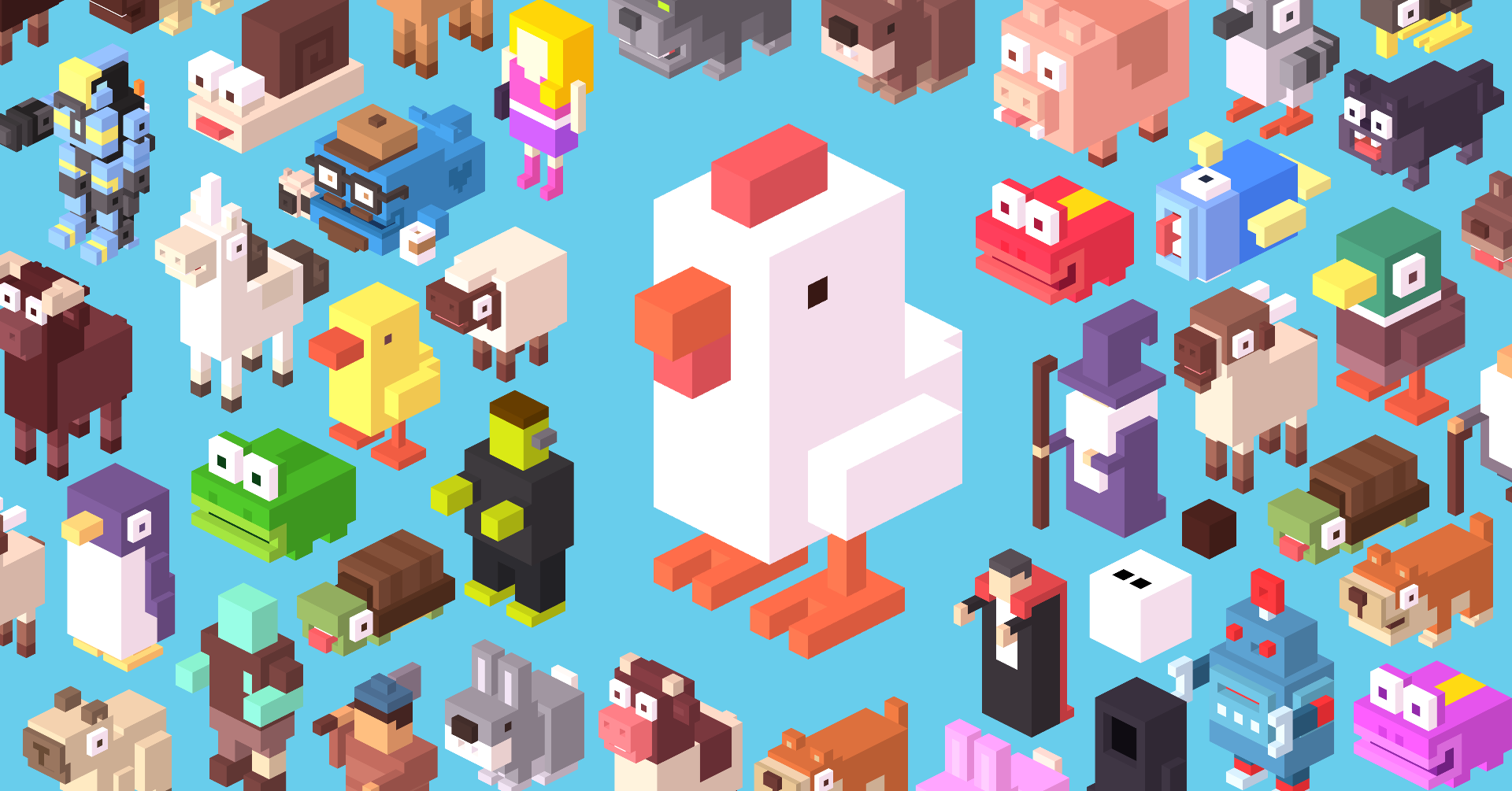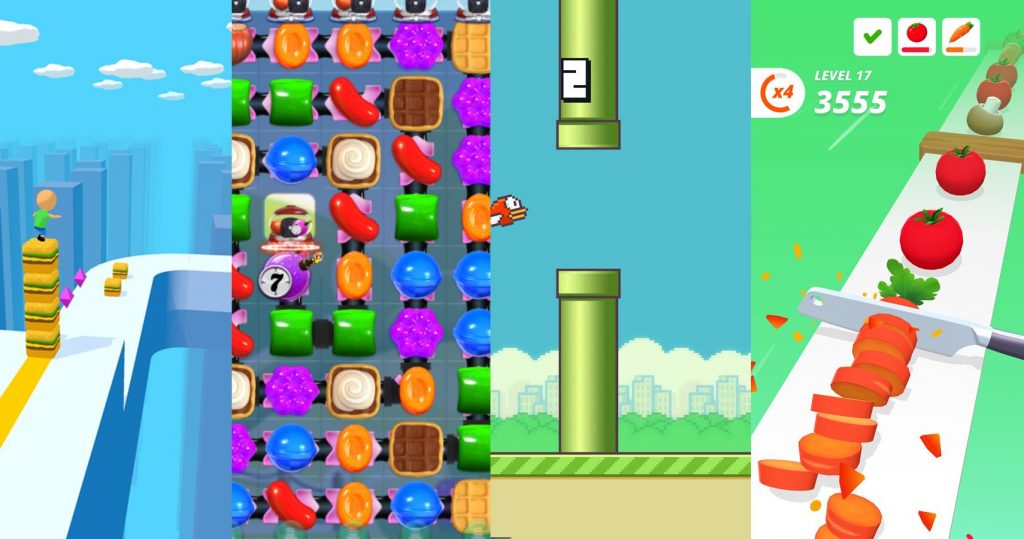
As we live in a thriving portable gadgets era. People both work and spend their leisure time in smartphone and tablet apps which generate impressive global revenue each year. Often, people rest while playing video games, and 50% of the world’s income from this business accounted for mobile gaming applications. But there is one particular genre that is at the industry-leading front which is hyper casual games.
A little about the genre
During the quarantine “stagnation” period, hyper-casuals were the most actively used in the application market, because they are very easy to play – they catch consumers on with the simplicity, and make users come back to play regularly. They don’t have a semantic load and provide the possibility of repeated levels. In another way, one can describe it with words “Play as much as you want, and when you want.”

Popularity
Due to the pandemic, hyper casual games began gaining their popularity momentum, the number of downloads around the world increased by 72%, and by 300% in China. During the April-May period, they were still at the mainstream peak, but by the end of spring, the growth rates started declining. However, despite some dulling of the staggering ratings, they aren’t going to leave their pedestal. Casual games will continue to attack Google Play and the App Store for a long time to come.
Monetization
Everyone loved this genre for its simple game mechanics and design minimalism, as a result users are more likely to accept and interact with ads. Therefore, apps have been able to create a unique business model for mobile games, relying on ad monetization for 95% of their revenues. Due to the fact that players don’t like to make internal purchases in mobile intertaiment apps, the introduction of thematic advertising videos has become a good earning option for companies, which doesn’t force users expenses for “pumping” the game, which makes it even more attractive for players.

Hyper-casual games are a mix of the best advertising experience and simple fun mechanics that are popular with a wide gamers’ audience. Furthermore, these games have opened up a new perspective on traditional user engagement and ad monetization models.
2020 status
The global Coronavirus epidemic has become one of the significant reasons for the growth of hyper casual game development in the first quarter of 2020. It is no secret that the pandemic has damaged both the global economy and society – many companies have even gone bankrupt. But for game developers and publishers, this distress only played into the hands as their profits increased significantly. The isolation has forced users to set downloading records for hyper casual apps. Moreover, it was found that even spending time at home, people don’t care about access to laptops, computers, or game consoles – they still prefer to play on the phone.
Now the question is how long this game genre will be able to occupy a stable position in the mobile games market. Nothing can be said for sure in advance, but so far there is no worthy competitor on the horizon who could take this place. Thus, advertisers from different verticals will notice these games, thanks to which the development of hyper-casual will only be improved and optimized.
An approach
The developers’ idea isn’t to launch a single game and gather a multi-million audience for it, but to achieve the “snowball” effect by creating many games with short periods of life. In each of them, they add a portfolio of other entertainment applications from the same developer, which helps to constantly attract a users’ stream.
The success of hyper-casual games
🌟 Both its developers and publishers are aware of places where they can best distribute their products. This seems to be the main success secret.
🌟 Hyper casuals are easy to understand and don’t require to get through a tutorial to start playing so that the target audience has no age, gender, cultural or ethnic restrictions.
🌟 The market for these mobile applications tends to monetize ads with the matched concept of the game itself.
Expectations
The discussed mobile applications’ popularity has grown impressively in recent years, which means that even people who have nothing to do with gamers have at least one time-killing game installed on their phones. Undoubtedly, their development will continue, but as demand grows in the market, developers will have to change concepts, because of which they may face serious problems. They will have to make decisions that must simultaneously support the classic gameplay characteristics, simplicity with fun, and uniqueness.
The hyper casual games market overflow may also be a problem. So, the question can arise: wherein the application is the proper place to embed ads so that the player, who is already difficult to surprise with something, wants to watch it?
Therefore, the creative innovation search must keep up with user needs.
Conclusions
The hyper-casual games industry future looks good enough, but its developers will have to confront different sets of challenges, so they, as well as publishing companies, must pay close attention and adapt to all the market changes that will help them succeed in the long term. It is time for them to create their strategy, as this is a true example of “survival of the fittest“.












